The muscles in the arms play an important role in many of the activities we perform daily. The biceps are of particular interest for many as they are also a highly aesthetic muscle.
In this article we will look at what movements the biceps contribute to, what home based exercises we can do to strengthen them, and what considerations we need to make when planning a program to strengthen them. Do stay with us.
WHAT ARE THE BICEPS?
The full name of the muscles we commonly refer to as the Biceps is Biceps Brachii, which is Latin for ‘two-headed muscle of the arm’. If you have read the article about the muscles used in cycling, you may recall that one of the muscles of the hamstrings is the Biceps Femoris. For the purposes of this article, when referring to the Biceps, it will be in relation to the muscles in the arms.
You have two biceps, one on the left arm and one on the right. The muscle is positioned on the front of the upper arm, between the shoulder and the elbow joints. The muscle commences as two separated tendons that become two separate muscle bellies known as the long and short heads.
The long head sits laterally towards the outside of the arm, whilst the short head sits more medially towards the body. The two heads come together part way down the humerus (the long bone of the upper arm), forming one muscle below that ends as the distal biceps tendon.
Origin
The long head of the biceps originates on the supraglenoid tubercle of the scapula, with the tendon crossing over the top of the shoulder joint. The short head originates on the coracoid process of the scapula, crossing the front of the shoulder joint. Because the tendons cross the shoulder joint, the biceps also play a role in some aspects of movement of the shoulder.
The two separate muscle bellies join to form one common muscle belly, before eventuating in the distal biceps tendon. This tendon attaches to the radial tuberosity on the radius (lateral bone of the forearm), as well as the medial forearm fascia. The way that the tendon crosses over the elbow joint facilitates the movements at that joint.
Movements
The main movements facilitated by the biceps are those that occur at the elbow. As mentioned above, because the tendons of the long and short heads cross over the shoulder joint there is also a contribution to movement of the shoulder. At the shoulder, the muscle acts as an accessory muscle to movement performed, whilst at the elbow it is a primary facilitator of movement.
Dynamic Shoulder Stabilisation
At the shoulder, the biceps act mainly as a supporting muscle that stabilises the shoulder while movement is performed. This is limited to movements below 30 degrees of elevation. Unless there are specific injuries or conditions in which specific strengthening of the biceps as a shoulder stabiliser is required, strengthening should occur naturally as part of a more holistic exercise program.
Elbow Flexion
Elbow flexion is the most common movement we identify with regards to the biceps. The elbow is flexed when the hand is brought up towards the shoulder. This can either be performed with the arm by the side flexing up to the shoulder on the same side, or across the body with the hand being brought towards the opposite shoulder.
More commonly seen when someone is showing off their biceps is to have the shoulder abducted, with the elbow away from the body up to the side, bent so that the hand is coming towards the head.
Elbow flexion is an important movement that contributes to many daily activities we perform. Anything from brushing our teeth to picking something up (a cup, plate, bottle), the muscles are used in many low-intensity ways. Of course, there will be times that higher force is required, such as picking up something heavier, or carrying grocery bags, which require higher levels of strength.
Forearm Supination
A lesser-known movement facilitated by the biceps is supination of the forearm. If you were to imagine standing with your arms by your side, and palms facing towards your body, this movement would involve twisting the forearm and wrist so that the palm was facing forward. Turning the page of a book is an example of a regular activity that involves forearm supination.
EFFECTIVE HOME BICEP WORKOUT
With regards to exercises that isolate the biceps, there are really only two types of exercise that can be performed without specific gym equipment, however there are a number of different variations that can be considered to challenge the muscles in different ways.
It is also important to remember that the biceps contribute as secondary muscles in a number of other compound movements focussing on larger muscle groups (such as the movements targeting the Lats), so will also be strengthened outside of their targeted program.
For variations involving reverse grip exercises, do check out more in the article that covers reverse grip bicep curls.
Bar Bicep Curls
The most common way to perform this exercise would be with a weighted barbell. If you do not have a weighted barbell at home, there are several things that you may be able to use as a substitute.
To perform the exercise, stand upright with feet about shoulder width apart. Feet can either be in line with each other, or one slightly behind if you feel more comfortable and stable in that stance. Elbows should be tucked into the body with hands in a supinated position holding the barbell.
The movement involves bending the elbows, bringing the hands up towards the shoulders which will bring the bar up towards the chest. Elbows should stay relatively close to the body; they can come slightly forward but should not create a ‘swinging’ motion.
Once at the top of the movement, the bar should be lowered back to the start position by straightening the elbows in a slow and controlled fashion.
Variations of Bat Bicep Curls
If you do not have a barbell at home, you can use any object that has an even weight distribution and can be held by both hands at the same time.
If the object cannot be held with palms facing forward, it is perfectly fine for the palms to be facing each other. If strong enough, this can be performed with one large weight plate (generally a 20kg weight plate is about the right size for maintaining correct arm positioning).
Dumbbell Bicep Curls
The dumbbell bicep curl is performed in very much the same way as the barbell, however, has a much larger ability to be varied.
One of the benefits of the dumbbell movement is that you are working each arm individually, reducing the potential for the dominant arm to compensate for the non-dominant arm in the movement.
When performing this exercise, if dumbbells aren’t available, you can use any object that can be held, making sure that the weight you do on one side is the same as you do on the other side. If you only have one object of the weight you require, you can do one side, and then the other side separately to ensure that balance.
Variations of Dumbbell Bicep Curls
Having independence of each arm means that the bicep can be worked through a larger range of motion by including supination into the movement. This is done by staring with the weight in a position that has the palms facing each other.
As the elbows are bent, the forearms are also twisted so that as the hands come up towards the shoulders the palms are now facing the body.
There is also freedom to work each arm independently, either performing continuous reps on one arm before changing to the other, or alternating arms with each rep. Both these options allow you to focus on control of movement of the one arm at a time.
CONSIDERATIONS
At this point, having known the most effective home bicep workout for strong arms, wondering what do we need to consider to get the most out of these?
There are actually a few things you should be aware of when structuring a program, keeping in mind your goals, time, current level of strength and the other components of the program.
Firstly, how many reps/sets should you be aiming to do? A study of among young men, all experienced in resistance training, compared the effects on strength and muscle size of the biceps brachii when performing different types of resistance training mode.
Both groups performed 3 exercise sessions per week, on non-consecutive days, over 8 weeks. One group performed exercises at 3 sets of 10RM with 90 seconds rest between sets, whilst the second group performed their exercises at 7 sets of 3RM with 3 minutes rest.
The findings were that both groups demonstrated increases in the size of the biceps muscles at the conclusion of the training program, with the group performing more sets at higher weight seeing significantly better improvements in strength.
Next, you need to consider how much of each exercise needs to be performed to be most effective. A study of involving well-trained males explored the differences in muscle thickness when performing 16, 24 and 32 weekly sets for a muscle group when performing at 8-10RM per set.
The findings were that each volume produced increases in muscle thickness, with more sets performed producing greater increases in thickness.
Again, consideration needs to be made as to what is realistically able to be performed targeting the biceps when considering a holistic program, available time (and rest) and that the muscles will also be engaged in compound movements involving bigger muscle groups.
Finally, consideration must be had for safely performing the exercises. If at home and you need to be creative with equipment, make sure that the equipment is stable (ie. Not going to break or shift weight while you perform the exercise), and that you are performing the exercise in an environment that does not pose any increased risks.
Make sure that movements are controlled, and that weights are not heavier than you can comfortably perform. Distal biceps ruptures most commonly occur because of eccentric contraction of the biceps tendon with force greater than the muscle can withstand. It is especially important to keep this in mind when trialling objects at home that you may not know the true weight of.
KEY TAKEAWAYS
The Biceps Brachii are facilitators of active movement at the elbow and forearm, and dynamic stabilisers of the shoulder below elevation of 30 degrees. Exercises targeting the biceps can be performed at home safely using a variety of equipment. Both high set/low rep and low set/high rep programs will bring about increased size of the biceps, with the higher set/lower rep program also bringing about significant increases in strength. More sets per week has also been found to provide greater improvements in muscle size, however this needs to be considered in combination with your overall goals and as part of a holistic strengthening program.
Article Sources
HealthxTips is committed to delivering content that adheres to highest standard for accuracy, sourcing and objective analysis.
HealthxTips uses only high-quality and trustworthy sources to support the facts in our articles.
1. Aloui, F. (2021, June 16). Reverse bicep curls: How to do precisely? HealthxTips. https://www.healthxtips.com/how-to-do-reverse-bicep-curls/
2. Brigatto, F. A., Lima, L., Germano, M. D., Aoki, M. S., Braz, T. V., & Lopes, C. R. (2019). High Resistance-Training Volume Enhances Muscle Thickness in Resistance-Trained Men. Journal of strength and conditioning research, 10.1519/JSC.0000000000003413. Advance online publication. https://doi.org/10.1519/JSC.0000000000003413
3. Landin, D., Thompson, M., & Jackson, M. R. (2017). Actions of the Biceps Brachii at the Shoulder: A Review. Journal of clinical medicine research, 9(8), 667–670. https://doi.org/10.14740/jocmr2901w
4. Naito A. (2004). Electrophysiological studies of muscles in the human upper limb: the biceps brachii. Anatomical science international, 79(1), 11–20. https://doi.org/10.1111/j.1447-073x.2004.00064.x
5. Sciacca, M., & (Hons.), B. (2021, June 27). Don’t you know what muscles does cycling work? HealthxTips. https://www.healthxtips.com/what-muscles-does-biking-work/
6. Sciacca, M., & (Hons.), B. (2021, July 1). The best lat exercises you must try. HealthxTips. https://www.healthxtips.com/best-lat-exercises/
7. Schoenfeld, B. J., Ratamess, N. A., Peterson, M. D., Contreras, B., Sonmez, G. T., & Alvar, B. A. (2014). Effects of different volume-equated resistance training loading strategies on muscular adaptations in well-trained men. Journal of strength and conditioning research, 28(10), 2909–2918. https://doi.org/10.1519/JSC.0000000000000480
8. Tiwana, M. S., Charlick, M., & Varacallo, M. (2020). Anatomy, Shoulder and Upper Limb, Biceps Muscle. In StatPearls. StatPearls Publishing.
9. Ward, J. P., Shreve, M. C., Youm, T., & Strauss, E. J. (2014). Ruptures of the distal biceps tendon. Bulletin of the Hospital for Joint Disease (2013), 72(1), 110–119.
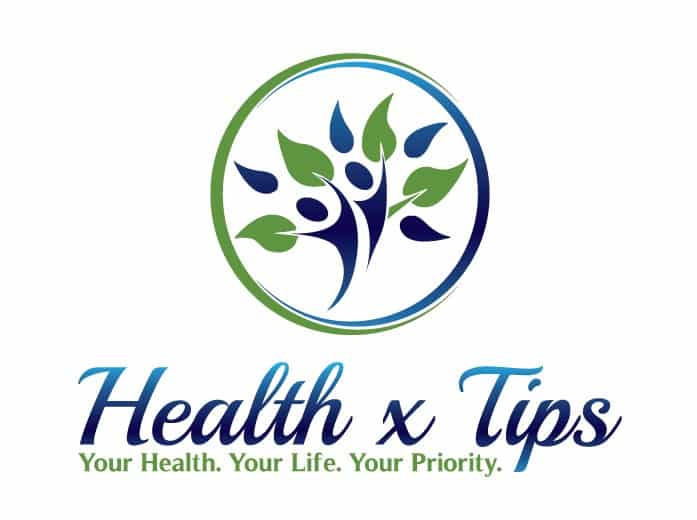

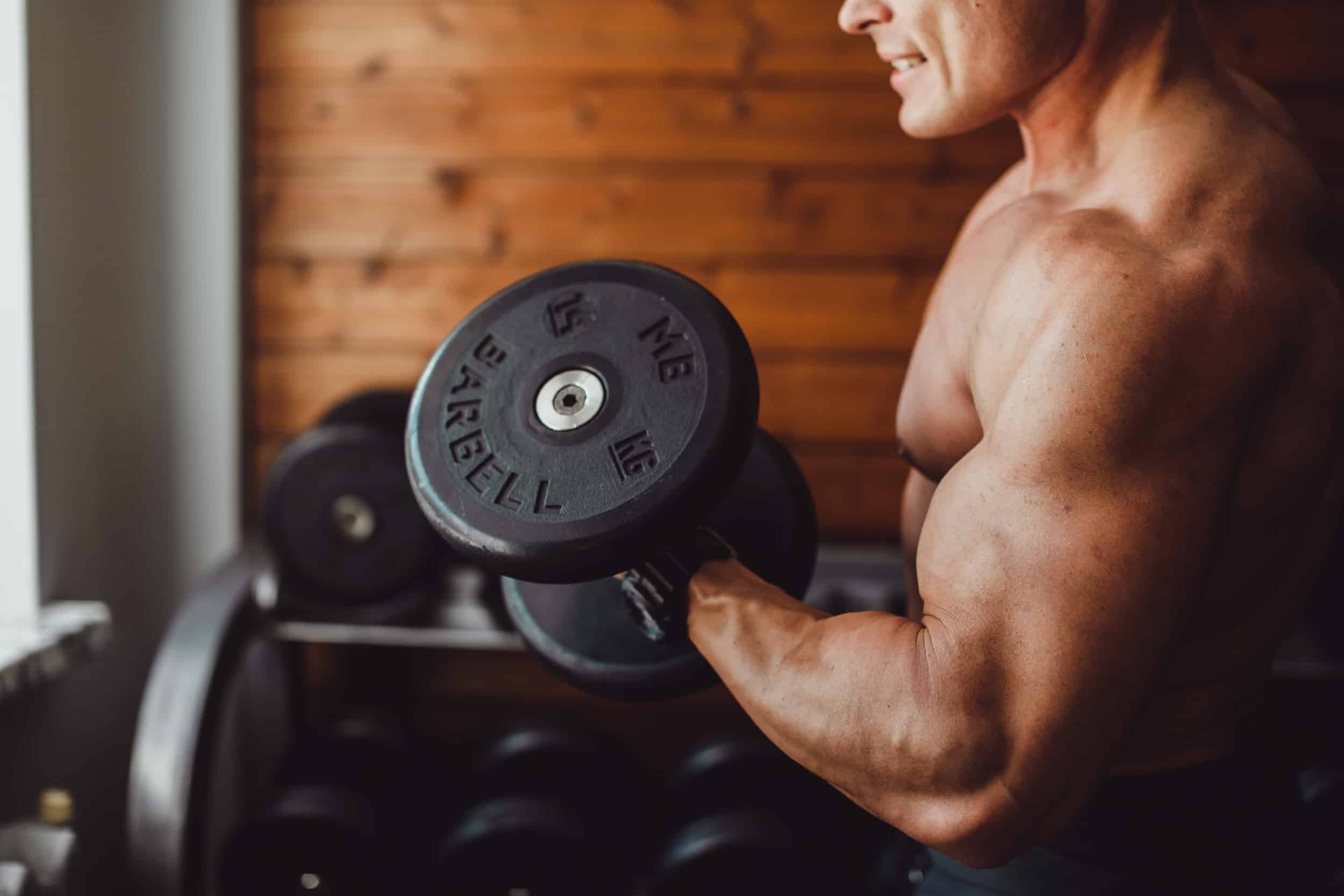


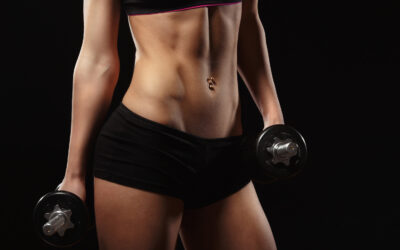
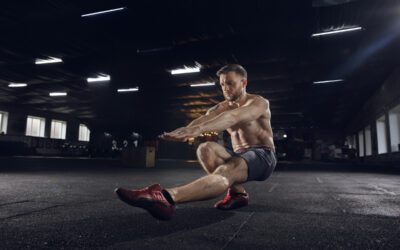
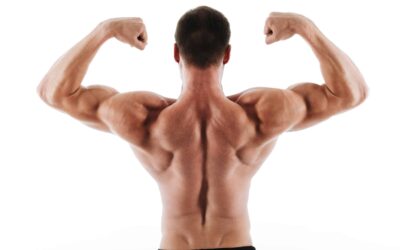
0 Comments